HIStalk Practice Advisory Panel 9/4/12
The HIStalk Practice Advisory Panel is a group of physicians, ambulatory care professionals, and a few vendor executives who have volunteered to provide their thoughts on topical issues relevant to physician practices. I’ll seek their input every month or so on an important news development and also ask the non-vendor members about their recent experience with vendors. E-mail me to suggest an issue for their consideration.
If you work for a practice, you are welcome to join the panel. Many thanks to the HIStalk Practice Advisory Panel members for willingness to participate.
For this report, I asked panel members about patient volumes and the impact of EMRs and other technologies and the anticipated impact of the Affordable Care Act. Their responses have been edited for brevity and to ensure their anonymity. Your comments are welcome.
How did your patient volume change after your EMR implementation?
- We implemented an EMR in April 2009. The volume of patients I could see decreased dramatically. I work in an occupational medicine setting, so we see only on-the-job injuries. At that time, the recession was really hitting hard and the volume of patients that were coming into clinic dropped dramatically. The lower volume of patients allowed us more time to learn the EMR and set up our templates. I used the system for two years. It never became an efficient tool. When patient volumes started picking back up, I could no longer handle the volume with the slow EMR speed. At that point, I gave our administrators choices: add another provider with its attendant costs, go back to paper, or I quit. We went back to paper. There are still providers in some of our slower clinics that use the system. Our clinic efficiency analyses have shown that it takes one hour longer for those clinics to see a patient than it takes me with paper.
- My patient volume remained unchanged after EHR implementation. Although we did trim schedules for a few weeks during the initial implementation (cut by about 25%) we’ve been at goal since then. We saw some dips last year but they seem to parallel the overall market rather than having anything to do with upgrades or other technology maneuvers.
- It did not change at all.
- Patient volumes at our clinics and hospitals are not influenced by the usage of EMR, though we scaled back the number of available appointments during the initial weeks of EMR implementation. We used the general guidelines of scaling back to 50% of capacity during the first week, 75% the next six weeks, and 100%+ by Week 8. Most providers were able to achieve 100%+ before the eighth week after EMR go-live. Some were able to achieve 100%+ by week two and a few still struggle months after go-live. Those providers are given additional training and other resources to assist them with their usage and adoption of EMR.
- We cut schedules to 50% the first week of go live. Most docs were at 75% by end of week and close to 100% by end of the month. However, many felt like they were “working harder” to get there. On the other hand, that was partially because the system made it easier for them to document more extensively, and thus allowed them to code more appropriately (meaning higher). The end result was increased revenue. And now, almost a decade after the initial go live, we are seeing more patients than we did back then. However, it’s hard to tease out whether that is simply the nature of maturing physicians and high growth in primary care demand or how much the EMR allows us to do.
- Our patient volume went down for a little while. It’s been a few years since we turned the “fully live” switch on, so I don’t remember the exact numbers. I do know we did a gradual transition, so the impact was less evident at any particular time. I also know, our numbers are equivalent to any time BC (Before Computers) and I am almost always fully done with all charts (i.e., “paperwork”) and home by 5:00 PM these days. Ya’ gotta like that!
- Our patient volume dropped slightly for a month or so but then returned to its pre-EMR level. We attributed that to good pre-implementation training of all staff and providers and to concentrating on our processes of care (including process-mapping for all critical processes involved in patient care.)
Do you use (or know of) any technologies that might help you see more patients?
- One of my favorite technologies is the digital pen from vendors such as Shareable Ink. Although my EHR vendor supports one of these solutions, I haven’t really had time to sit down and design forms to feed the EHR templates. From peers who have done it, however, it sounds like it’s a great way to speed up the intake process for patients (not only the patients in the waiting room, but also for clinical assistants documenting histories and vital signs).
- Scribes.
- Depends on the physician. Voice recognition is very helpful to some who have used dictation services for years and/or are not proficient on the keyboard.
- To increase volume, there are a variety of tools which identify patients with gaps in their care (e.g. overdue for a visit for diabetes, hypertension, etc.) and then do outbound calls to those patients to get them in for appointments. We plan to do some of that with internal technologies to start (e.g. run reports, and feed them to our outbound call software). Of course, in the ACO world, we will not want to “see” those patients, as much as “manage them appropriately” (e.g. phone-based care).
- To decrease non-direct patient care related work, there is a class of companies that creates tools which automate or delegate aspects of the physician’s workflow so they have more time for direct patient care. A great example is RefillWizard from healthfinch, which uses a rules-based workflow engine to intercept renewal requests, run them through a rules engine, and then empowering the physician’s staff to contact the pharmacy and the patient. The result is that a physician would see 50-70% less refill messages in their inbox, saving 15-30 minutes a day, and thus have more time for patient care. Full disclosure on healthfinch: I am co-founder and chairman. A second class of tools for decreasing non-visit related work are those that help speed up the documentation process by creating easier to use templates (e.g. Salar) or voice recognition (e.g. M*Modal, Nuance).
- Personally, I don’t want to see more patients. I’m too busy most days as it is now.
Do you expect your patient volume to change as more people get insurance under the Affordable Care Act?
- Being an occupational med clinic, I would not expect any changes in our clinics. I think it will increase volume in primary care practices slightly. There are three kinds of patients in primary care: a) those that do everything right to stay healthy. They don’t use the system much. These people are generally employed and have insurance. They won’t change utilization. b) There is a large group of patients that have a medical condition and appropriately utilize the system to maintain their health. As more people have access to the system, these people will increase clinic volume. c) There is a sizable group that does everything wrong (eat and drink excessively, smoke, no exercise) who have chronic conditions who show up when something really bad happens and say, “Fix me doc”. These people will keep doing this and won’t increase volume.
- No. We already went through that transition in the state of Massachusetts.
- I really don’t see the volume at my practice changing. As primary care physicians, we’re as busy as we’d like to be while still having enough time for our families. I imagine there will be more patients calling, but we have no plans to add capacity. Several of our physicians are already at the edge of burnout, and for my clinic, we’re maxed on space. No one wants to work evening and weekend hours, either.
- Potentially. More so in the ED of our hospitals. I think clinics could potentially see an increase in requests for appointments if there is a massive nationwide marketing campaign to the public about the availability of benefits via the ACA. However, capacity is fixed at many clinics. Just because there are more requests for clinic appointments doesn’t mean that a provider can see more patients in a day if they are already at capacity.
- As a primary care group, we are already close to booked most days, so we don’t expect a huge increase in office-based volume as we simply don’t have the capacity. Therefore, we are looking at the ability to start doing more visits virtually (phone or web), especially if we have lower level providers taking care of this. This will initially focus on the “low level” visits like URIs and UTIs – we believe there is almost no reason for an external type of clinic or an external virtual care provider to do these for our patients.
- Our patient load bucket is pretty much at the brim. I don’t think the ACA will have any real impact on us since we are already partially closed to new patients.
- No. We currently see anyone who needs care, have a family assistance plan, and practice in a reasonably rural area of VT/NH adjacent to a major medical center. We don’t expect the Affordable Care Act to have much of an impact on this area.


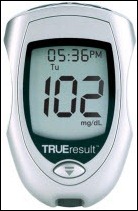

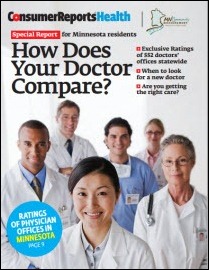
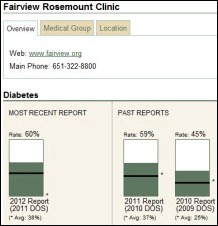

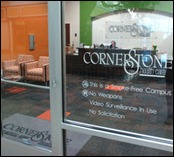
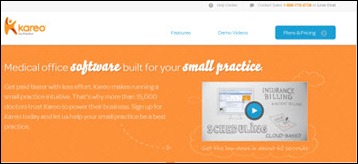


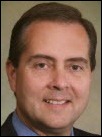
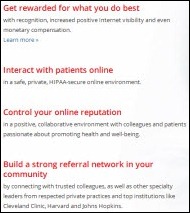

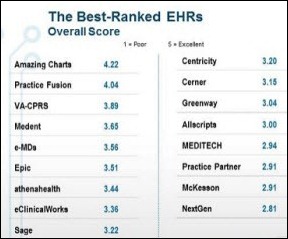


Re: Walmart Health: Just had a great dental visit this morning, which was preceded by helpful reminders from Epic, and…